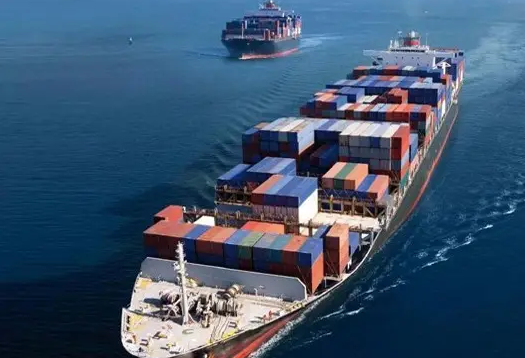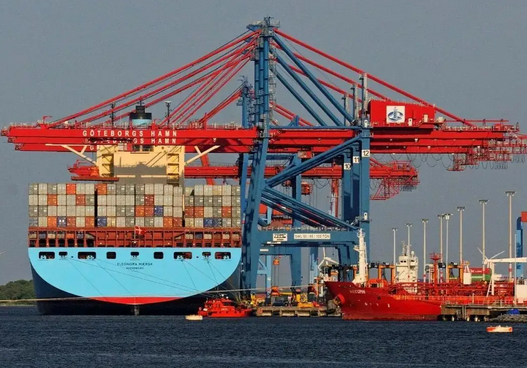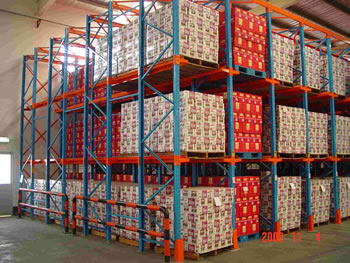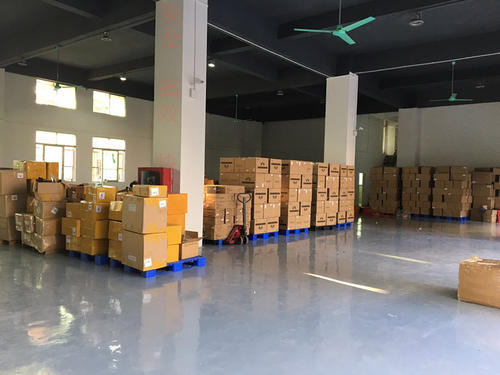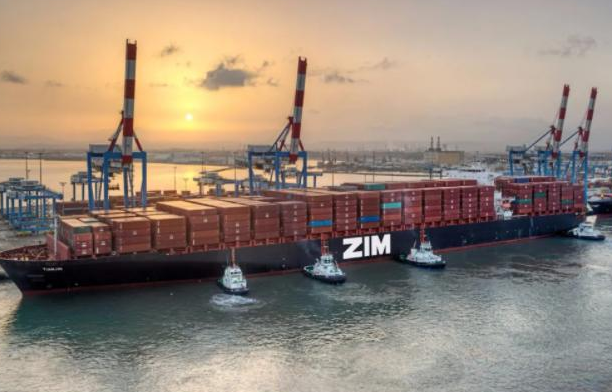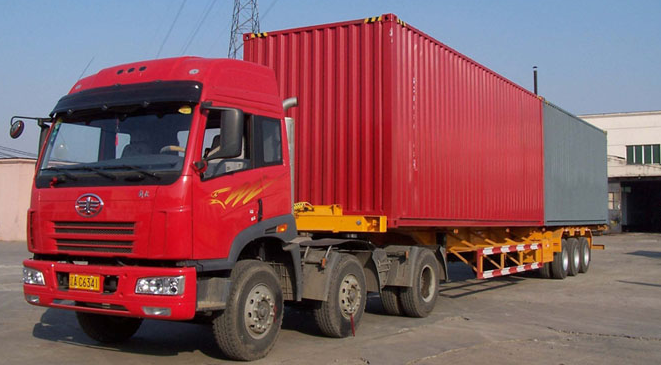As global trade continues to expand, efficient international logistics from China has become a cornerstone for businesses seeking to import or export goods. Leveraging China’s extensive manufacturing base and advanced transportation network, shippers can achieve faster transit times, lower costs, and reliable delivery. In this article, we explore best practices for optimizing your China-to-world logistics, from carrier selection to customs clearance and last‑mile delivery.
1. Understanding Key Modes of Transportation
Sea Freight
- Full Container Load (FCL): Ideal for large shipments, FCL offers exclusive use of a 20ft or 40ft container, reducing handling and transit times.
- Less than Container Load (LCL): Cost‑effective for smaller volumes, LCL consolidates multiple shippers’ cargo in one container, optimizing costs for startups and SMEs.
Air Freight
- Express Air Cargo: Provides door‑to‑door delivery within 3–7 days, perfect for high‑value or time‑sensitive goods such as electronics and perishables.
- Standard Air Freight: More economical for non‑urgent shipments, balancing cost and speed.
Rail Freight
- China–Europe Rail Corridor: Combines speed and cost efficiency, delivering goods in 12–18 days to major European hubs.
- Intermodal Solutions: Seamless transfers between rail, road, and sea to reach inland destinations in Central Asia and Eastern Europe.
2. Streamlining Customs Clearance
Accurate Documentation
- Commercial Invoice & Packing List: Ensure product descriptions, HS codes, and values are precise.
- Certificate of Origin: Certifies the Chinese origin of goods, enabling preferential tariff rates under free trade agreements.
Pre‑Shipment Compliance Checks
- Partner with experienced customs brokers to validate licenses, permits, and inspection requirements before goods depart the factory.
- Implement an Automated Export System (AES) filing to reduce delays and avoid penalties.
3. Selecting the Right Freight Forwarder
Global Network Coverage
- Choose a forwarder with direct partnerships at major Chinese ports (Shanghai, Shenzhen, Ningbo) and strong agent networks in destination markets.
Value‑Added Services
- Cargo Insurance: Protects against loss or damage during transit.
- Warehouse & Distribution: Offers bonded storage, pick‑and‑pack services, and e‑commerce fulfillment near key markets.
- Real‑Time Tracking: GPS and RFID technologies enable end‑to‑end visibility for proactive exception management.
4. Optimizing Packaging and Consolidation
Customized Packaging Solutions
- Design packaging that withstands multimodal handling and minimizes dimensional weight to reduce air and rail freight costs.
Consolidation Strategies
- Group small shipments into a single container or pallet to leverage volume discounts and reduce per‑unit shipping costs.
5. Leveraging Technology for Efficiency
Transportation Management Systems (TMS)
- Automate route planning, carrier selection, and freight rate comparison to secure the best transit options in real time.
Supply Chain Visibility Platforms
- Integrate IoT sensors and cloud dashboards to monitor temperature, humidity, and shock, ensuring compliance for sensitive cargo such as pharmaceuticals.
6. Ensuring Sustainable Logistics
Green Shipping Initiatives
- Opt for eco‑friendly vessels and rail services that use low‑sulfur fuels or electric locomotives.
- Participate in carbon offset programs to neutralize emissions from air and sea freight.
Waste Reduction Practices
- Use recyclable or biodegradable packaging materials.
- Implement returnable packaging loops for high‑frequency shipments.
7. Managing Risk and Contingencies
Dynamic Risk Assessment
- Monitor geopolitical developments, port congestion, and weather patterns to adjust routing and avoid disruptions.
Alternative Routing Plans
- Pre‑approve secondary ports of discharge and transit hubs to maintain delivery schedules during unexpected closures.
Conclusion
Mastering international logistics from China requires a strategic blend of transportation expertise, customs compliance, technology integration, and sustainability initiatives. By partnering with a logistics provider that offers global coverage, value‑added services, and real‑time visibility, businesses can streamline their supply chain, reduce costs, and deliver exceptional reliability to customers worldwide. Whether you’re exporting consumer electronics or importing raw materials, optimizing your China logistics strategy is key to maintaining a competitive edge in today’s fast‑paced global market

